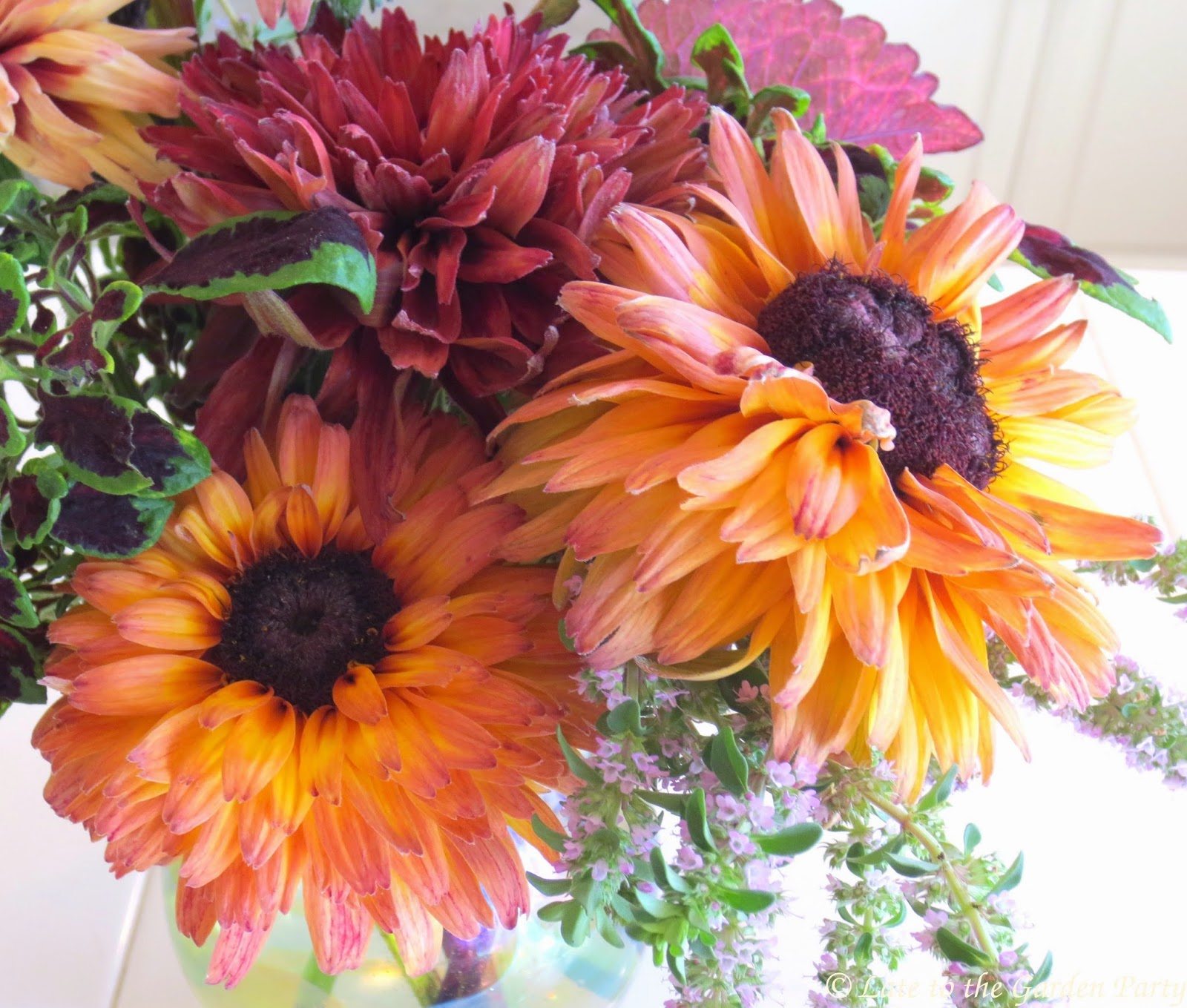Now that, thanks to Denise at
A Growing Obsession, I have a name to attach to the robust succulent planted in a birdbath-style container in my dry garden, I can give it the acclaim it deserves as one of my favorite plants. It's hard to name a plant as your favorite if you don't even know its genus.
I picked up the unlabeled
Senecio fulgens a few months ago because I was attracted to its foliage. Its leaves and stems are a chalky blue-green color. Some on-line sources reference a purple flush on the undersides of the spoon-shaped leaves but I've seen no signs of this on my plant.
When I bought the plant, there were no flowers or flower buds. Flower color wasn't a factor in my purchase decision. But, when the plant began blooming a few weeks ago, the red-orange color of the flowers was impossible to miss. New blooms seem to appear daily and there are lots of buds still forming.
Although I had no idea what color flowers it might produce when I planted it, it turned out that the floral color of the
Senecio neatly echoes the color of other succulents in the container, most notably
Kalanchoe daigremontiana 'Pink Butterflies' and the red edge of
Agave 'Blue Glow.' It also picks up on the foliage color of
Coprosma repens 'Plum Hussey' in the background.
My plant, which I purchased in a 4-inch pot, has grown to approximately 12 inches (30 cm) in height. According to on-line sources, it should get no taller than 18-24 inches (46-61 cm), although specimens as tall as 3 feet (91 cm) have been observed. Regular trimming is suggested to keep it from becoming leggy.
While it prefers full sun, it can take a little shade. It needs good drainage and it can't tolerate frost. Hailing from the eastern areas of South Africa, it's suited to USDA zones 10-12.
Senecio fulgens is my favorite plant of the week. Please
visit Loree at danger garden, our host for the weekly favorite plant post, to see her pick this week and to find links to other gardeners' selections.
All material
© 2012-2014 by Kris Peterson for Late to the Garden Party





































































